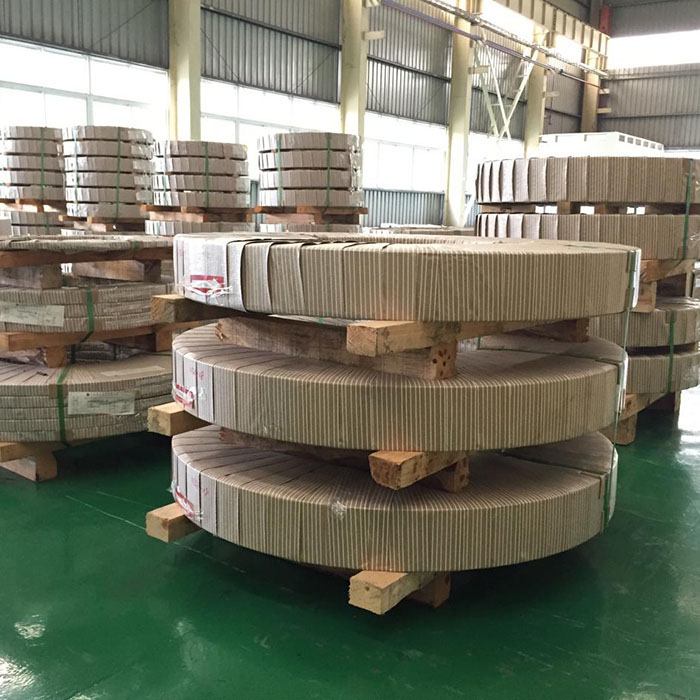

Precision stainless steel strip may experience cold cracking during production or processing, often due to a combination of factors. The following are some common causes:
Material Composition: The chemical composition of stainless steel affects its toughness and crack resistance. An inappropriate alloying element content can increase brittleness during cold working, leading to cold cracking.
Processing: During cold working, excessive working strain can lead to internal stress accumulation, which can cause cold cracking. Improper processing methods or parameters, particularly when processing dense and high-hardness materials, can increase the risk of cold cracking.
Temperature Effects: During cold working, excessively low material temperatures can reduce plasticity and increase brittleness, making cracks more likely to occur. In some cases, appropriate heating can help improve the material's ductility and reduce the risk of cold cracking.
Defects and Impurities: Defects within the material or on its surface can act as stress concentration areas, increasing the likelihood of cold cracking.
Cooling Rate: During the metal cooling process, excessively rapid cooling can lead to thermal stress concentrations, which can cause cold cracking. Properly controlling the cooling rate can mitigate this risk.
Stress Concentration: During design or use, improper shape or geometry can lead to stress concentration, especially at sharp corners and welded joints.
Processing Tools and Equipment: The condition of processing equipment and tool selection can also affect stress distribution during processing. Severe tool wear or tool incompatibility can lead to uneven stress and increase the risk of crack formation.
To reduce cold cracking in precision stainless steel strip, measures such as optimizing material composition and heat treatment processes, controlling processing parameters and cooling conditions, ensuring raw material quality, and using appropriate processing tools can be taken. Analyzing and improving specific situations is an effective way to prevent cold cracking.
